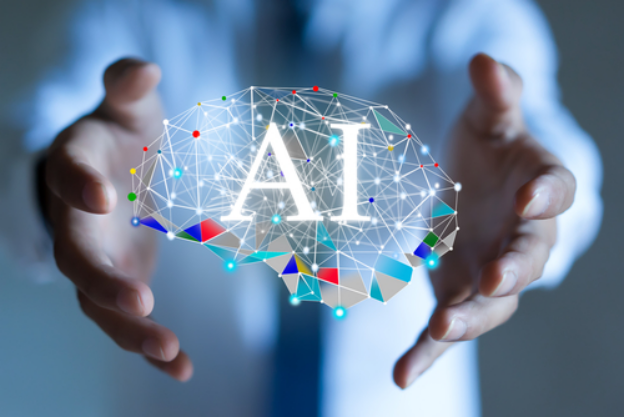Artificial intelligence, machine learning and deep learning are three terms you’re going to hear a lot in the coming years. The artificial intelligence market is gaining ground at an explosive annual compound growth rate of 57.2 percent and will be worth $35.87 billion by 2025. Meanwhile, the $1.41 billion machine learning market is growing at an impressive CAGR of 44.1 percent and will be worth $8.81 billion by 2022. At the same time, the deep learning market is increasing at a CAGR of 65.3 percent and will be worth $1.7229 billion by 2022.
As these high CAGR rates indicate, all three of these markets are growing simultaneously, a reflection of their close relationship. But at the same time, the differing values for the size of these markets illustrate that they are not interchangeable, with AI representing the largest and most general of the three categories and deep learning representing the smallest and most specialized. Here’s a closer look at what these three technologies are, how they relate to each other and how they differ.
Artificial Intelligence: Automating Routine Tasks
Artificial intelligence is the broadest of the three terms, including machine learning and deep learning as subsets. AI is a branch of computer science that uses computers to copy and automate human cognitive tasks such as logical deduction, mathematical computation, language processing and sensory perception.
An ultimate goal of artificial intelligence research is general AI, which envisions an artificial brain that could replicate all human cognitive functions, like androids in movies. But most AI research focuses on specific applications of AI. A familiar example of AI is intelligent personal assistants such as Apple’s Siri or Amazon’s Alexa. Other examples include computers that play chess, spam filters and self-driving cars and drones.
Machine Learning: Making AI Flexible
Machine learning is a specialized application of artificial intelligence that enables computer programs to behave more flexibly than traditional AI. Traditional AI instructs programs to run set routines following predetermined rules that yield predictable outcomes. In contrast, machine learning uses probability to analyze patterns in data, testing a range of mathematical models that fit the same set of data until settling on a pattern than represents a best approximation. By “learning” from data in this way, machine learning can yield a more flexible range of outcomes than traditional AI.
Machine learning is typically used to analyze trends in data, make future predictions based on those trends, or suggest decisions based on how probable trends match up against a desired outcome. Qualcomm’s Artificial Intelligence platform uses machine learning for applications such as comparing scans of your fingerprints or face with those of a user trying to access your mobile device in order to verify that it’s really you. It also can interpret the audio in your surrounding area to detect and eliminate background noise and predict voice patterns.
Another common application of machine learning is when Netflix makes movie recommendations based on your previous viewing. Machine learning can also be used to adjust website options to user preferences, prevent credit card fraud or teach robots how to navigate.
Deep Learning: Using Data to Discover Patterns
Deep learning is an even more specialized application of AI and machine learning that uses artificial neural networks to find patterns in big data. Modeled on the way the human nervous system accepts and processes sensory input, neural networks process digital input through a series of layers before generating output. In each layer, a digital signal is assigned a logical or mathematical value that measures how closely the input corresponds to a desired outcome, such as how closely an image matches a target image. Each layer transforms the initial signal and passes it on for further assessment by another layer until a final output is generated. This multiple layering provides the “deep” aspect of deep learning.
Deep learning is extremely useful for pattern matching. A pioneering application of deep learning was Google teaching a neural network to identify images of cats by browsing YouTube videos. Other deep learning applications include computer vision, speech recognition and natural language processing.
Artificial intelligence, machine learning and deep learning are closely related but distinct technologies. AI, the most general of the three, automates routine tasks, while machine learning opens up more flexible probability-based analysis, predictive modeling and decision-making; and deep learning applies artificial neural networks to machine learning in order to train computers to find patterns in data. All three technologies are poised for explosive growth over the next five years, and they will become increasingly common in the home, at work and where we shop.

